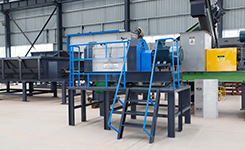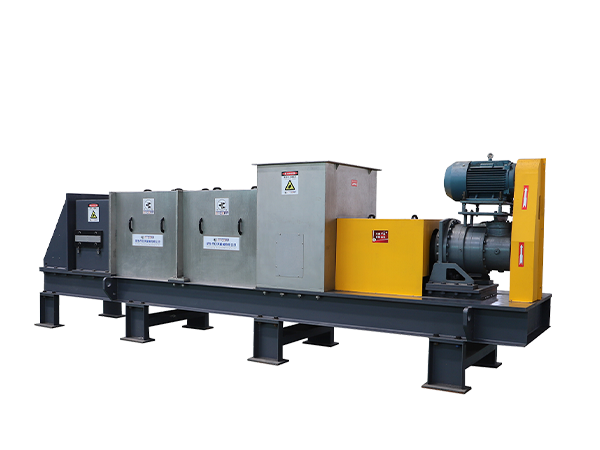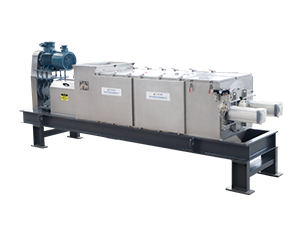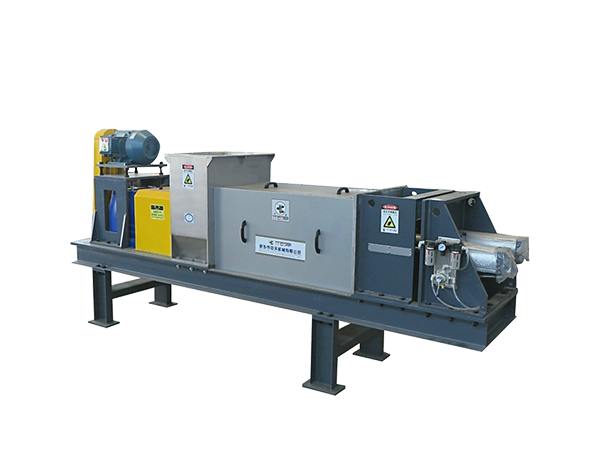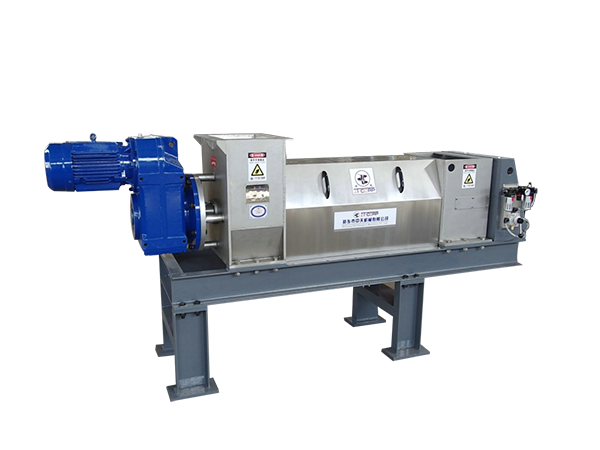Screw Extrusion Dewatering Machine: Working Principle
Screw Extrusion Dewatering Machine: Working Principle
The screw extrusion dewatering machine (also known as a screw press or spiral dryer) is a specialized equipment designed to remove moisture from fibrous materials. By leveraging patented spiral extrusion technology, it compresses and squeezes materials through a rotating screw shaft, effectively separating water content while maintaining the structural integrity of solids.
Core Components and Workflow
A typical screw extrusion dewatering machine consists of three key parts:
Key Advantages and Applications
Why Choose Screw Extrusion Dewatering?
-Food industry by-products (fruit peels, coffee grounds)
-Industrial sludges and pulp (paper, textile recycling).
.jpg)
Technical Insights for Optimal Performance
- Helix Diameter: Larger diameters suit bulk materials, while smaller ones improve pressure for fibrous substances.
The screw extrusion dewatering machine (also known as a screw press or spiral dryer) is a specialized equipment designed to remove moisture from fibrous materials. By leveraging patented spiral extrusion technology, it compresses and squeezes materials through a rotating screw shaft, effectively separating water content while maintaining the structural integrity of solids.
Core Components and Workflow
A typical screw extrusion dewatering machine consists of three key parts:
- Spiral Shaft: Rotates at high speed to push materials forward.
- Screen Mesh: Allows water and fine particles to escape during compression.
- Dewatering Chamber: Houses the screw shaft and screen mesh for controlled moisture removal.
- Feeding: Fibrous materials (e.g., slurry, pulp, or biomass) are fed into the chamber via an inlet.
- Compression: The rotating screw shaft gradually tightens the material, applying immense pressure.
- Water Separation: As pressure increases, excess water and liquids pass through the perforated screen mesh.
- Dry Output: The dehydrated solid material exits through the discharge port, typically with moisture content reduced by 30%-70%.
Key Advantages and Applications
Why Choose Screw Extrusion Dewatering?
- High Efficiency: Processes 10-50 tons per hour, ideal for large-scale operations.
- Energy Savings: Uses 60%-80% less energy compared to conventional drying methods.
- Versatility: Handles diverse materials including:
-Food industry by-products (fruit peels, coffee grounds)
-Industrial sludges and pulp (paper, textile recycling).
- Long Lifespan: Built with corrosion-resistant alloys and耐磨designs, reducing downtime.
Industries Benefiting from Spiral Dewatering
| Sector | Applications |
| Agriculture | Drying biomass for biofuel production |
| Food Processing | Removing moisture from fruit/vegetable pulp |
| Paper Industry | Sludge dewatering in pulp mills |
| Waste Management | Recycling organic waste into compost |
.jpg)
Technical Insights for Optimal Performance
- Screw Design Matters:
- Helix Diameter: Larger diameters suit bulk materials, while smaller ones improve pressure for fibrous substances.
- Screen Mesh Selection:
- Control System:
RECENT POSTS
Application
-
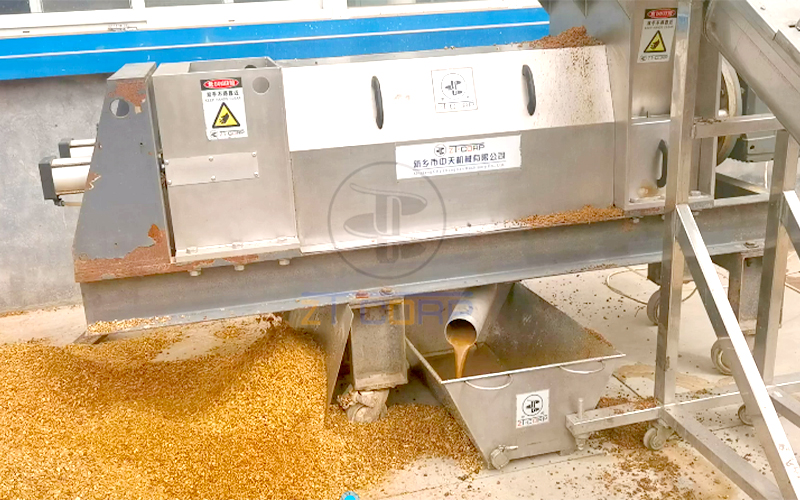 Hesperidin DewateringHandling material: Hesperidin; Capacity: 10t/d; In the biological pharmaceutical factory, after extract the active ingredient from the material, the screw dewatering separator can be used to dewatering organic waste with high humidity. The weight loss rate of hesperidin after dewatering treatment is up to 45%.READ MORE >
Hesperidin DewateringHandling material: Hesperidin; Capacity: 10t/d; In the biological pharmaceutical factory, after extract the active ingredient from the material, the screw dewatering separator can be used to dewatering organic waste with high humidity. The weight loss rate of hesperidin after dewatering treatment is up to 45%.READ MORE > -
.jpg) Onion dewateringHandling material: Onion; Capacity: 3t/dREAD MORE >
Onion dewateringHandling material: Onion; Capacity: 3t/dREAD MORE >
More Application



